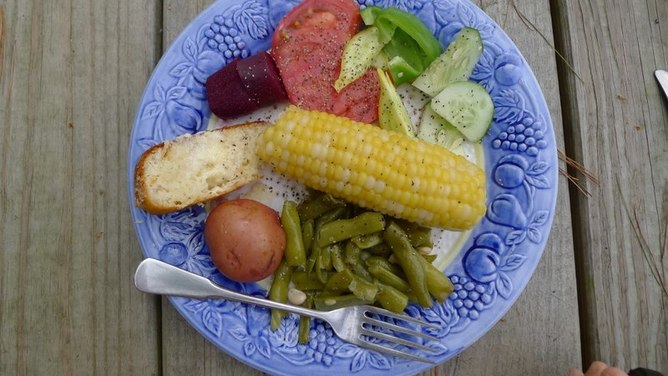 This post is not about running or hiking, but its subject is all I thought about on today’s run. It is sort of about my own natural history, about a food that shaped me and grew me up. There was always cornbread in our house growing up, but the first time I remember really relishing it was on an August evening in my parent’s kitchen in Kentucky. We had just returned from our annual trip to St. Augustine, Florida where we would share a beach house with our dear family friends, the Someras. During those weeks, everyone took turns making the most delicious and well-vetted seafood meals adorned by the many vegetables we would haul down there from Moores Creek in our metal Coleman cooler. One week both families shared a one bedroom little bungalow, but no worries because we spent all of our time outside anyway and when inside, we didn't want to be too far from one another. We would play hard in the surf, developing elaborate moves to glide over, through, or under big Atlantic waves. For a family of land locked Kentuckians, we LOVE the ocean, and wanted to be marine biologist surfers. Those trips were full of some of our favorite people, activities, and natural history. The food tasted especially good after playing all day laughing, soaking in salt water and then enjoying it all among friends. So, upon that particular return to our home in 1995 with peeling noses, seashells, bottled seawater and anxiety for the start of school, mom made a huge garden meal with all of the goodies that had been growing untamed that week. I don’t remember the specifics, though it likely included green beans and potatoes and it absolutely included fresh green onions, tomatoes, cucumbers, and freshly made and hot out of the oven cornbread. To this cornbread, I went a little wild and added butter, which I had been scared of for a few years (because I was fifteen and cared deeply about being thin and because it was the era of thinking butter was bad). This meal converted me to loving food in a way I hadn't in years. I specifically remember the melted butter on the cornbread with the still warm from the garden tomato. Heaven. Similar cornbread graced our table at least once a week growing up. If it wasn’t on the table, it could generally be located in a cast iron skillet kept in the oven, bagged up with the other bread, or residing in the freezer with countless other pones of cornbread. Sometimes we joked that we didn’t know where it all went. There were years when I didn’t eat it, but it remained a prolific staple. Did it just feed the compost slowly making its way back to our dinner table in the form of a tomato? Did this cornucopia of cornbread get thrown in the pond and sunk like a bad guy in a movie and fuel the bluegill and snapping turtles? It would show up as a toasted version of itself the day after and we would float it in vegetable soup or “poor man’s soup (potato)” like a fancy crouton. We would get a piece with peanut butter as a snack or crumbled up in milk like our Grandma Davis liked it. It was the non-vegetable on our plates much of the time. I think this was true for my mother's childhood supper table too. Grandma cooked mainly from the garden and root cellar with one hog killing a year and the occasional chicken, so there wasn't always meat. Cornbread, for them, was often the non-vegetable treat. What to eat for health and for the health of the earth is increasingly confusing. One week I will be sure that cutting back on beef is the most important thing I can do for climate change and the next week I hear that some vegetables (lettuce) require just as much water and fossil fuels as bacon (the study is explained and and generally debunked here with the take home being eat more broccoli and less lettuce). In the 80's we ate low fat, in the 90's we ate soy and then there's being on a budget. Grocery shopping quickly became an anxiety-inducing mess. So, I am returning to what Michael Pollan said because it is an easy phrase to remember: "Eat food, not too much, mostly plants." We have foraged for many an apple and plum, we try to raise gardens, and go to the farmers market, but it is still something I want to get better at. Lately I have thought quite a bit about this study that showed how your thoughts fool your stomach (kindly explained by NPR). I am not sure we can stretch those results to mean that if we think lovingly and mindfully about our food, then it can't hurt us, but it it is a nice thought for now. Food is a very personal thing, so why not capitalize on that and eat foods that you can feel warm and bubbly about? I always think of Like Water for Chocolate (Allende) where communication and transferral of family history happens through food. ""Something strange was going on. Tita remembered that Nacha had always said that when people argue while preparing tamales, the tamales won’t get cooked. They can be heated day after day and still stay raw, because the tamales are angry. In a case like that, you have to sing to them, which makes them happy, then they’ll cook." If you have forgotten, Tita ends up having to sing to the tamales to save them. Good stuff. Cornbread is very dear to my heart and in many of my food memories, so I believe it has special powers that bring me closer to my family, our garden and the idea of living and eating close to the land. Granted, I didn't raise the corn to make the cornmeal here in New York, but I'll glaze over that fact and consider it symbolic of those things I hold dear. In the south, cornbread recipes between families are as diverse as curries to Indian families. Some people add sugar, some add lard, some make cake-like cornbread, and others make a more hearty version. There is an abundance of information out there on the histories and stories of many a cornbreads. Post-PhD, I got REALLY into reading about and listening to podcasts about southern food. I think I craved story and heart after so much science where the story was tough to chase. I love two shows on PBS: Mind of a Chef (the season with Sean Brock) and A Chef's Life. Sean Brock and Lillian Howard are champions of staying true to the food of their respective people and places and also being aware of the histories of those foods from their seedbank to their African origins. Sean grew up in southwest Virginia and his mom makes a cornbread very similar to my family's, but lard actually goes into the batter. Whoa back yum. I also really enjoy the Gravy podcast done by Southern Foodways Alliance. So, here is my mother's recipe. She recently made this for us in our new (awesome wedding gift) giant cast iron pan. She exclaimed that it was...."the biggest pone of cornbread this holler has ever seen!" She then said...."wait, what's the name of this holler?" Until that point I didn't even realize that we live in a holler, but we basically do. Mom's Cornbread I asked my mom for a recipe, but she doesn't actually USE recipes. It's all by feel, so when I tried to make her write it down and send it to me via text, it wasn't quite like mom's. Anyway, the recipe (they use each other's phones interchangeably - so while it says "dad," it is actually mom). She had to help me after I made a batch of crumbly cornbread (apparently I was missing an egg). My Best Estimate of Mom's Cornbread
8 Comments
Last Sunday I was invited to go cranberry picking at a local bog. I had never been to a bog before and it knocked my sox off! All I knew was that I should bring a basket and my rubber boots. So, I loaded up my Costa Rican jungle boots and an old basket that once held clothes pins and headed out to meet some new friends. I didn't even remember my bog biology or maybe I never learned any. Part of this trail is boardwalk and THEN.....we stepped onto the cushion of the floating matt of bog vegetation and it was like a waterbed. A 1980's waterbed. I could almost hear Janet Jackson singing "Control." Bogs aren't all that common in the Finger Lakes region. This particular bog is a kettle bog. Kettle bogs are closed systems, meaning that their water source is rainwater. Kettle ponds and bogs are glacial remnants. Chunks of the glacier broke off from the main glacier and were then covered by sand and gravel. These depressions left by their parent glacial chunks are quite good at holding water. The sun was setting and we joined a few other friends to forage for cranberries. You have to get low to see them and once we had the search image down, we couldn't stop. I eventually just sat on my knees in the damp sponge-like Sphagnum moss (which can hold 16-26 times as much water as their dry weight) and chatted with lots of folks about finding work post-PhD, the trials of women in science and field work studying Australian birds. Flocks of birds flew over, Red-bellied woodpeckers called out, friends jumped in unison to make bog waves, Anouk (the dog) leapt around, and we talked about what we might do with our cranberry haul. It feels nice to pick beautiful fruit that will grace the tables of many a Friendsgivings and Thanksgivings in the next week straight from the bog to the basket. A holiday that celebrates foraging, friendship and gratitude should include a bit of those things in preparation. |
Archives
July 2018
Categories
All
|

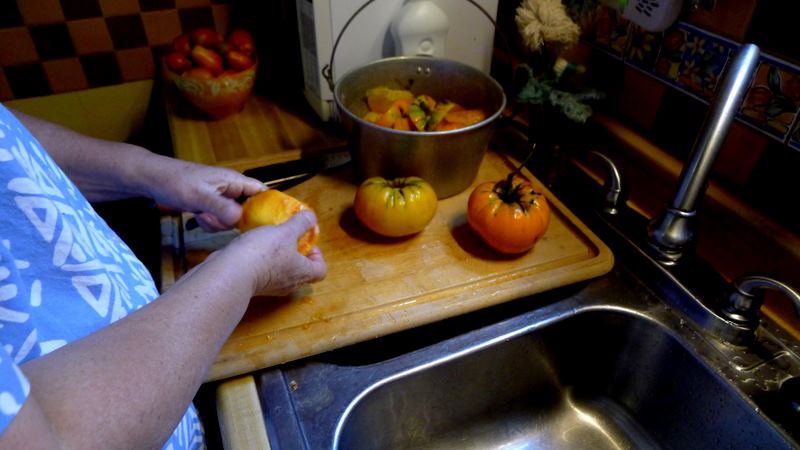



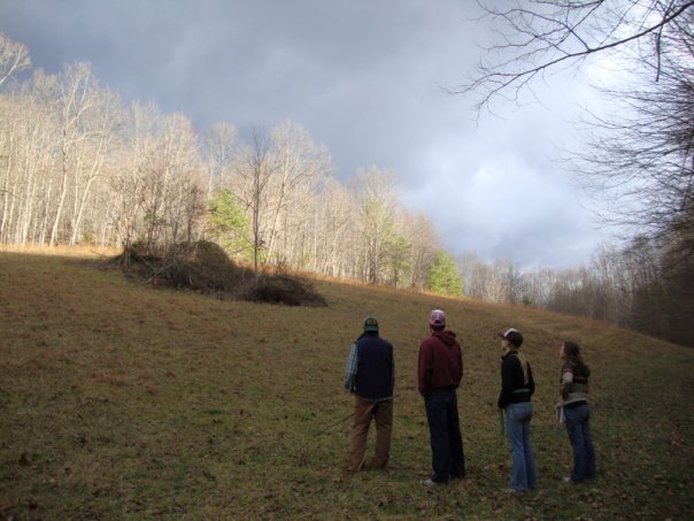
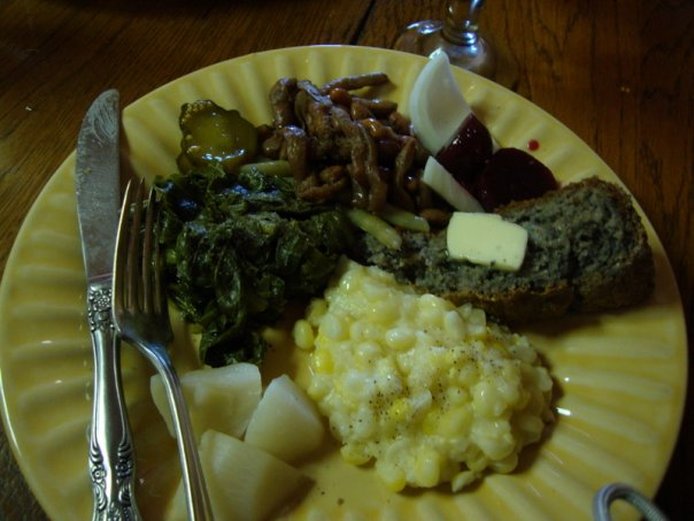

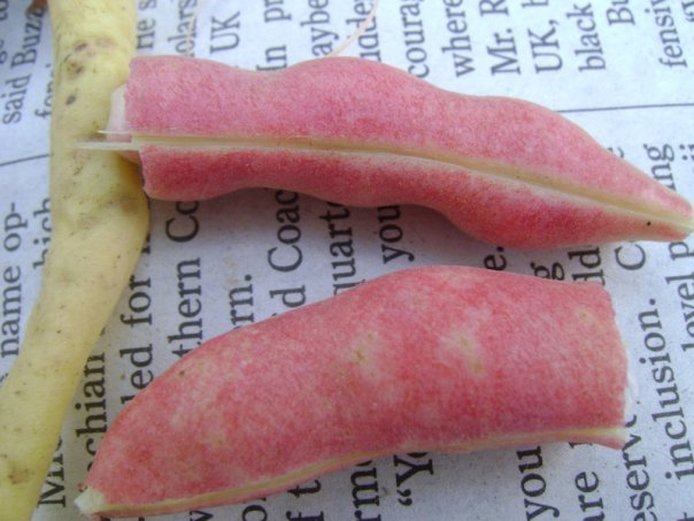








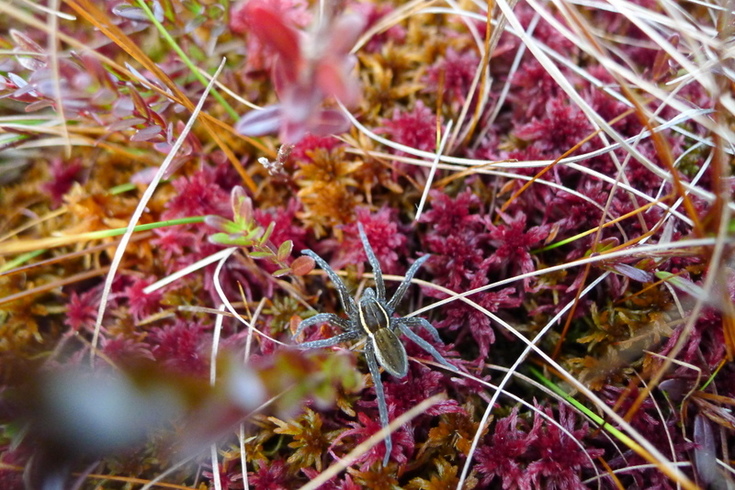

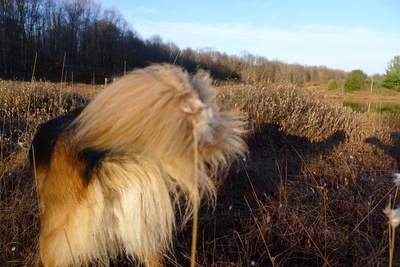








 RSS Feed
RSS Feed
